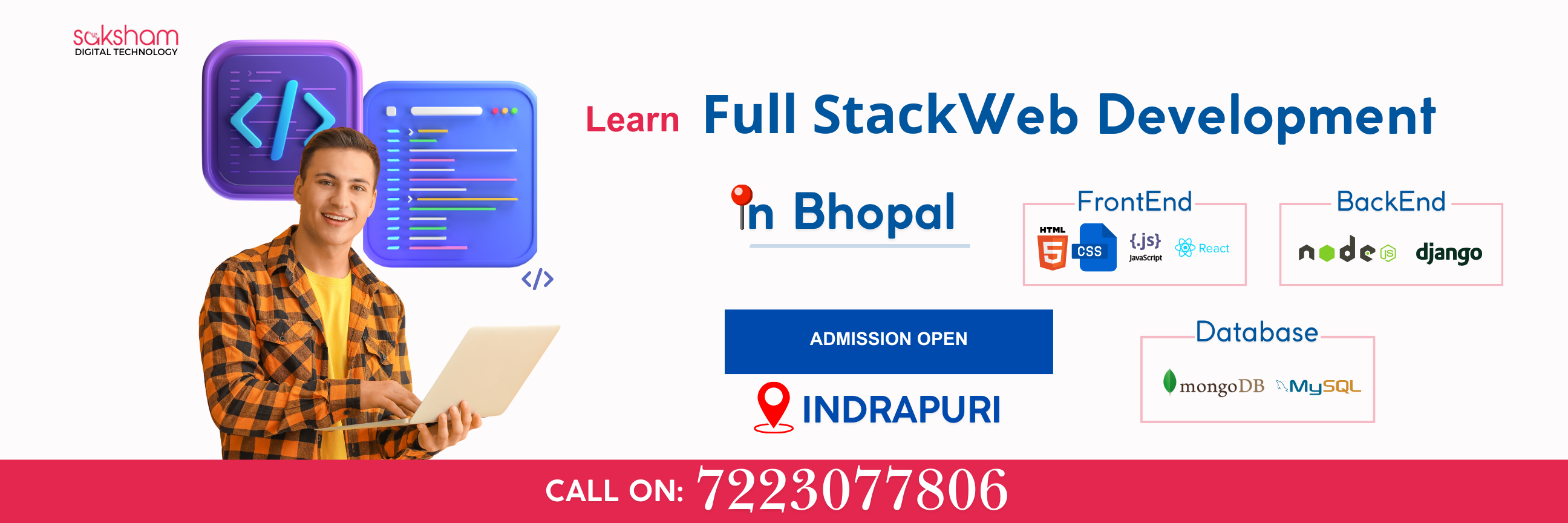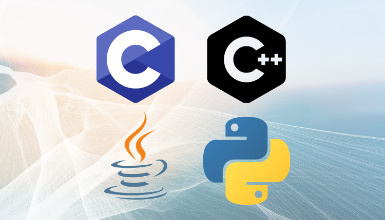Full Stack Web Development

This comprehensive course on Full Stack Web Development is designed to equip learners with the essential skills to build, deploy, and manage complete web applications. Throughout this course, participants will gain hands-on experience in both front-end and back-end development using popular technologies. Saksham Digital Technology One of the best coding class to learn full stack web development using Java, Python, Node js or PHP
Key Learning Outcomes:
- Front-End Development: Master HTML, CSS, and JavaScript to create dynamic, responsive, and user-friendly interfaces.
- Back-End Development: Learn to build robust server-side applications using Node.js and Express.js.
- Database Integration: Understand how to integrate and manage databases, specifically with MongoDB for efficient data handling.
- Version Control: Get comfortable with Git for code management and collaboration.
- Deployment: Learn the basics of deploying web applications to live servers.
Beginners to intermediate-level learners looking to gain practical web development skills and kickstart their journey as full-stack developers.
By the end of the course, participants will be able to develop and deploy full-scale web applications independently.


















